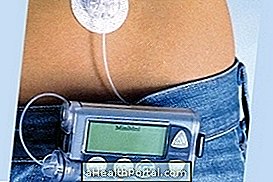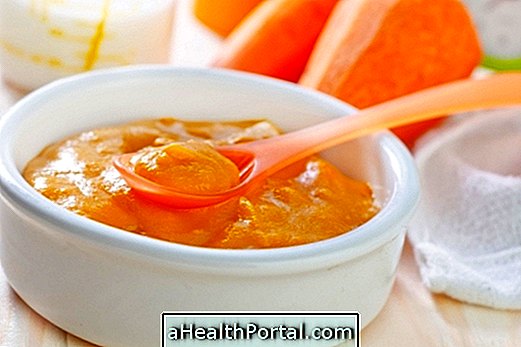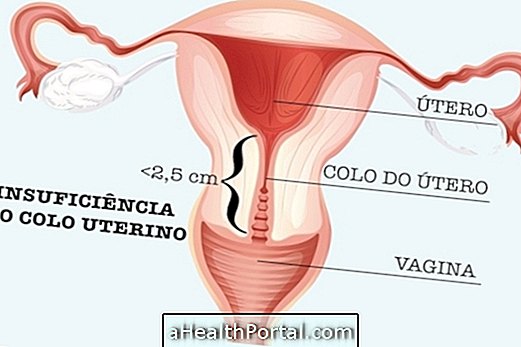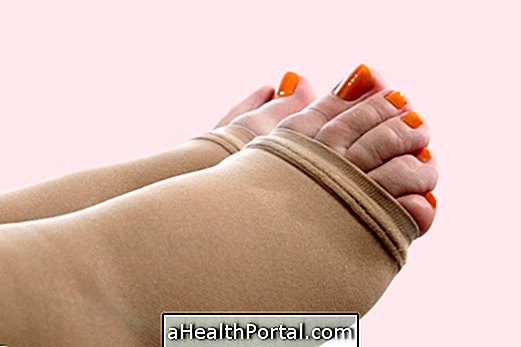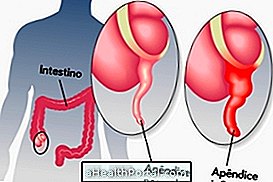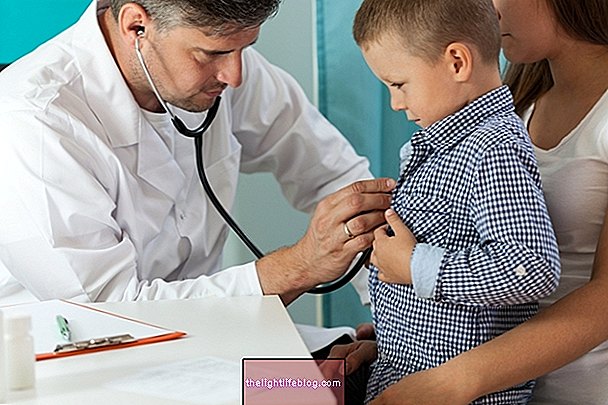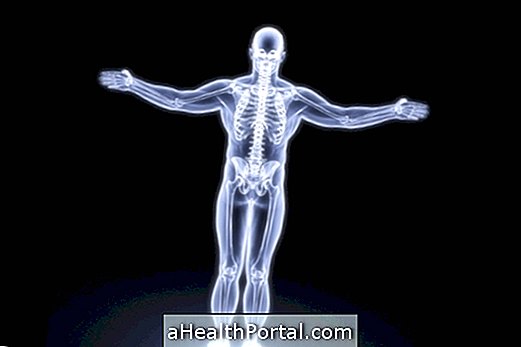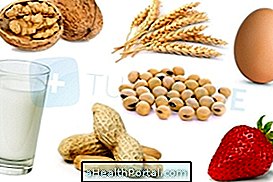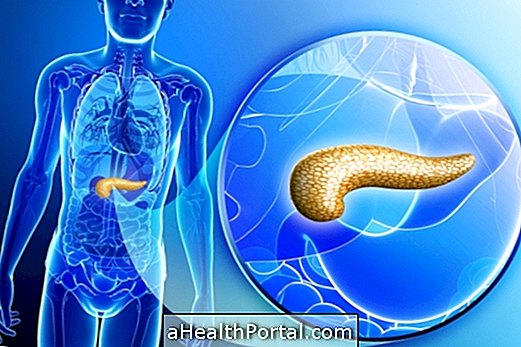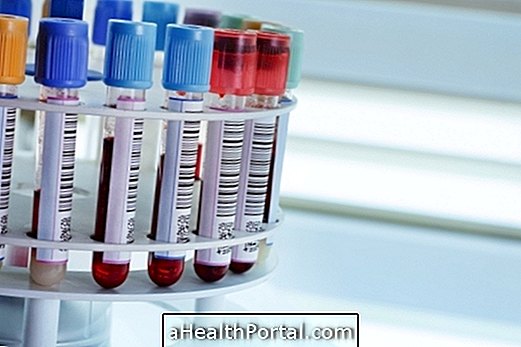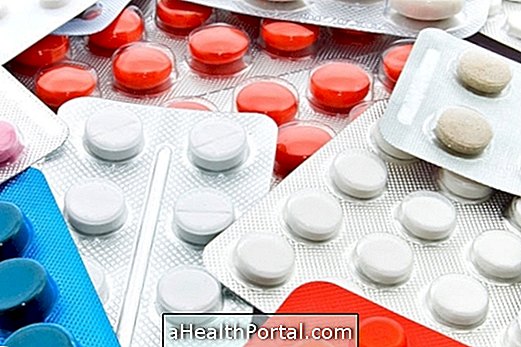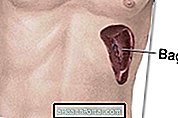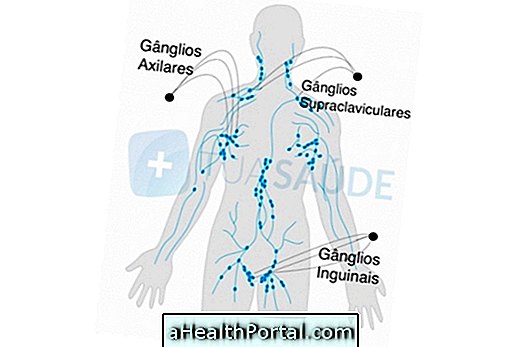Diabetes occurs in children up to 18 years of age and is usually characterized by type 1 diabetes mellitus.
Thus, the child is born with a change in the pancreas and does not produce insulin, an important hormone to carry sugar into cells and prevent it from accumulating in the blood.
Childhood diabetes has no cure, but can be controlled through the use of insulin and adoption of a healthy lifestyle.
Symptoms of childhood diabetes
Symptoms of childhood diabetes can be:
- Be very hungry and eat a lot;
- Constant sensation of thirst;
- Urinating often, even at night;
- Blurry vision;
- Excessive tiredness and unwillingness to play;
- Nausea and vomiting;
- Weight loss;
- Easy unbalance;
- Difficulty understanding and learning.
When your child has these symptoms, you should consult your pediatrician to diagnose the disease and start the appropriate treatment.
Diagnosis of childhood diabetes
The diagnosis of childhood diabetes is usually done with a fasting blood test and in the morning to check your blood sugar.
If the results are greater than 126 mg / dl, the child should repeat the test another day to ensure the presence of diabetes. And add other blood tests.
Diabetes treatment for children
Treatment for infantile diabetes is done with injections / pump infusor (latest advancement in treatment) of insulin, according to the child's blood glucose level. However, it is also important for parents to encourage their child to exercise regularly and have a balanced diet.
Diabetes nutrition for children should be divided into 6 meals during the day and be balanced in proteins, carbohydrates and fats, avoiding foods high in sugar. Therefore, the family should do the same type of diet to lessen the child's temptation and facilitate the treatment.
See too:
- 9 Tips for Caring for the Child with Diabetes
- Diet for diabetes
- Type 1 Diabetes



